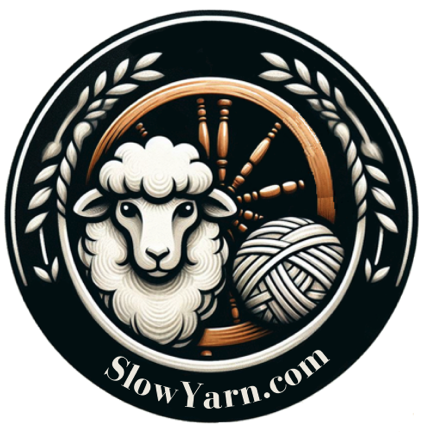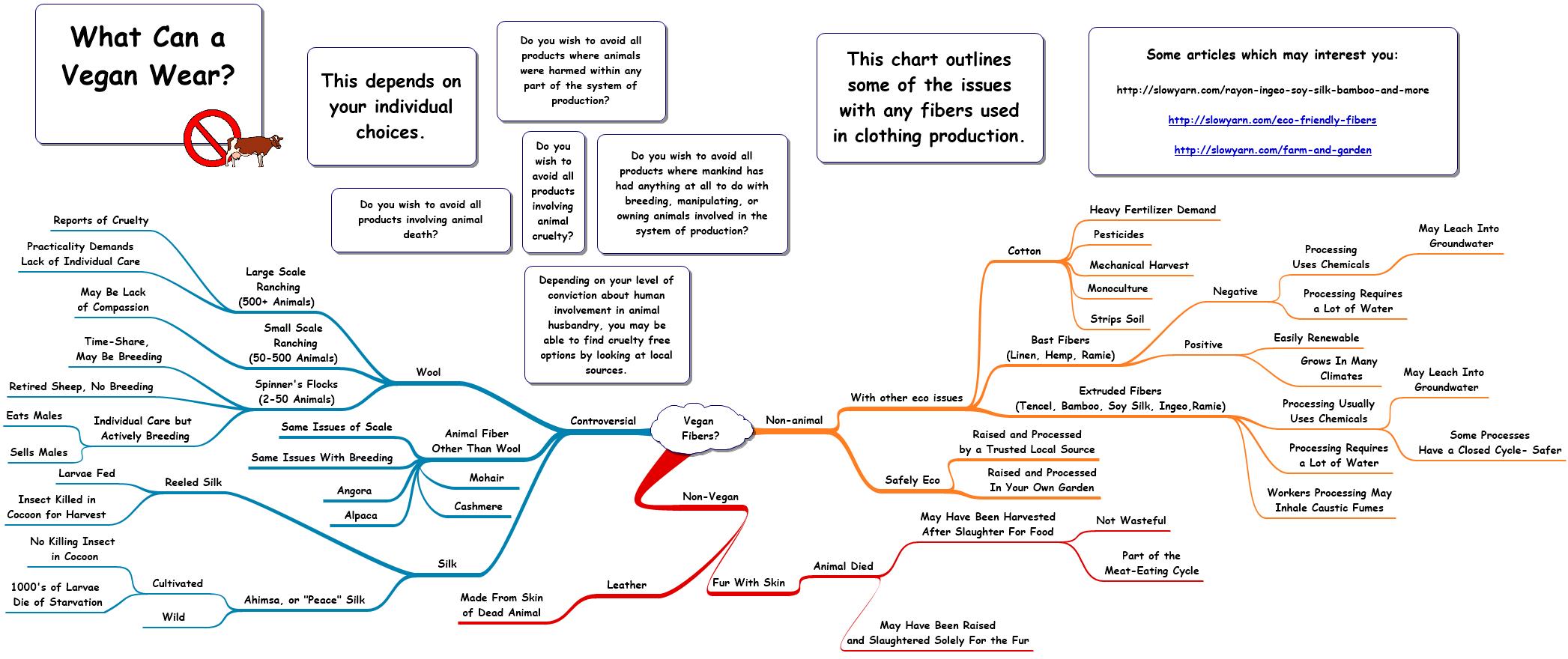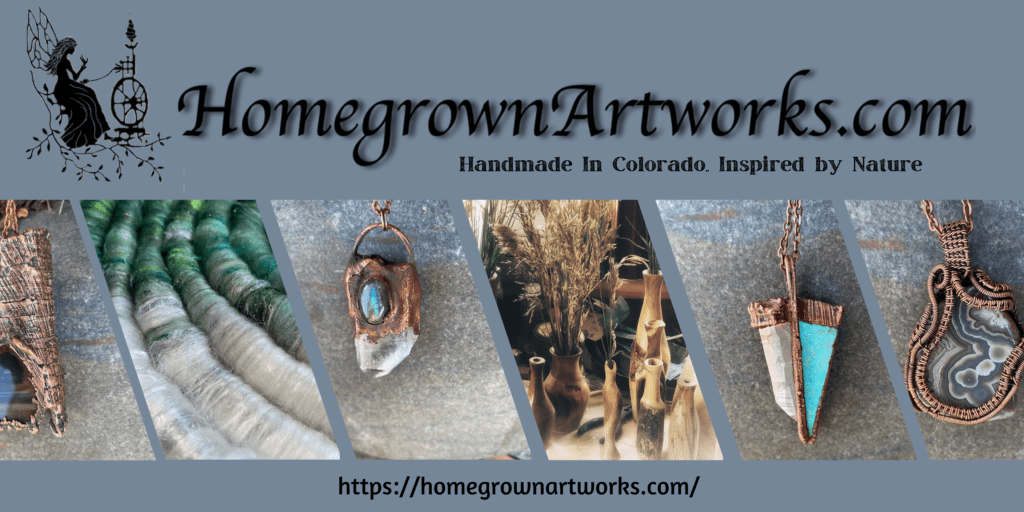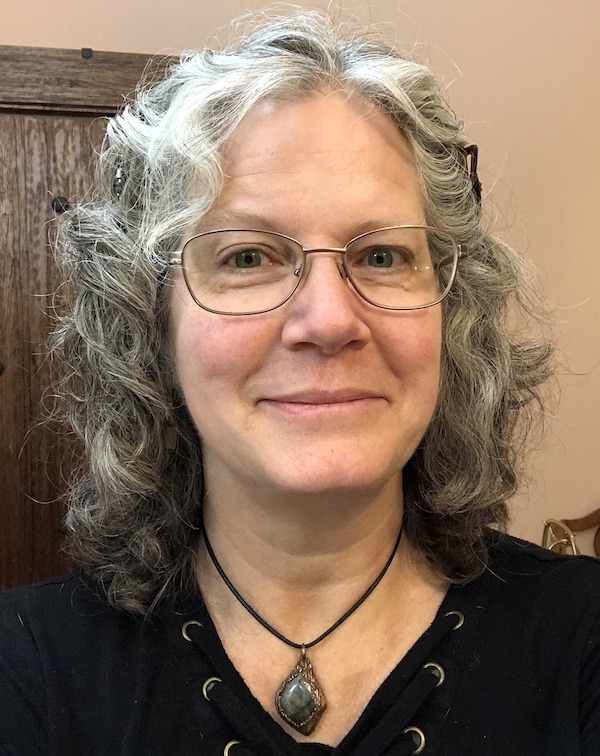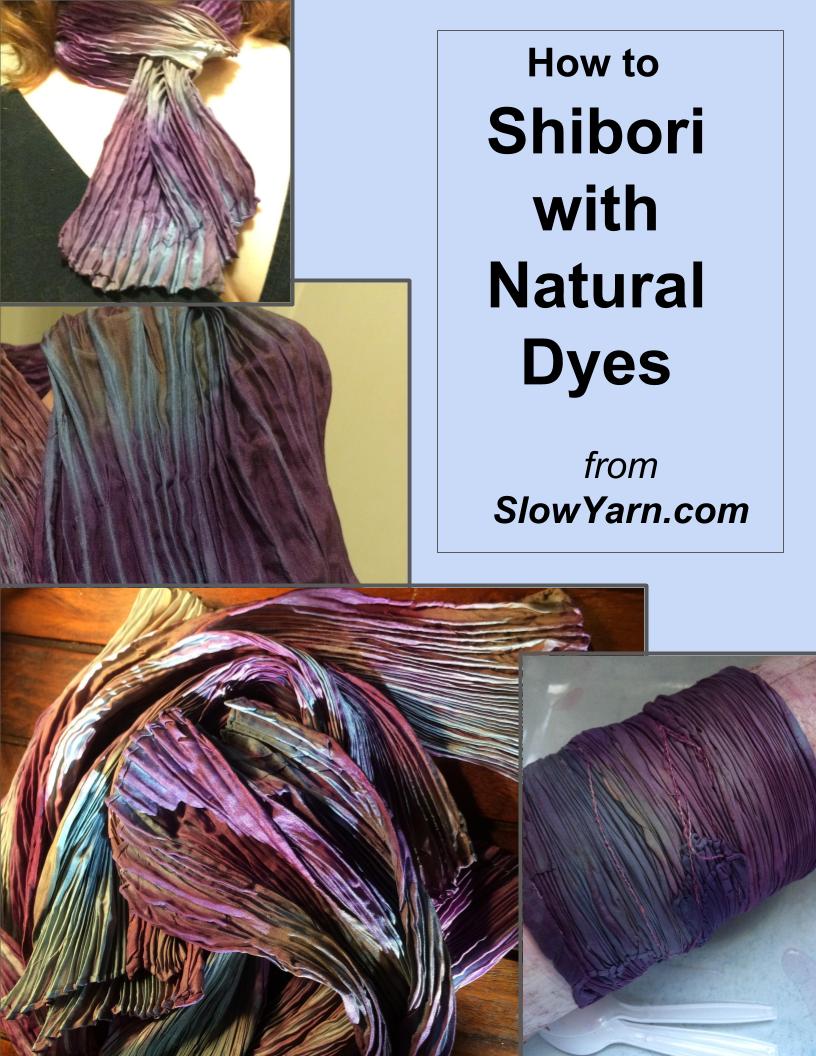This chart breaks down some of the problems and misconceptions related to clothing fibers appropriate for a vegan lifestyle. Without a doubt, some fibers or materials are not vegan. Some are okay for some vegans, but not for others. Fibers such as wool or silk, may involve levels of human domination over animals that make some vegans uncomfortable but not others. Please read further for more detailed information.
Can vegans wear wool? Can vegans wear silk? Are the plant-based fibers always a better option? Are sheep harmed during shearing? Do animals die to give us wool?
There are a lot of questions out there about how animals are treated during the production of fibers like wool or silk. There is also a lot of misinformation or alarmist propaganda. Since even vegans don’t always agree about where they draw the line, it’s hard for people to even discuss the issue without getting judgmental and angry with each other. Let’s talk about some of the facts, so that people can decide for themselves.
Wool —
- Can vegans wear wool?
- Does an animal have to die for us to have wool products?
- Is shearing cruel?
- Are sheep abused? I saw this movie about sheep being tortured.
- Have we bred sheep for our own consumption past the point where we can use wool in good conscience?
- Is there wool that is produced without any harm to the animals?
…coming soon…
Silk —
- Can silk be all right for vegans?
- Does the silkworm have to die for me to have silk?
- Is it better to let the worm finish its life cycle and collect the silk later?
- How is the worm killed?
Plant Fiber Alternatives —
- Is it always better to use plant fibers for our clothing?
- Are there chemicals in my plant fibers?
- Are animals used in plant fiber production?
- Are there small scale alternatives with no chemicals?
Wool
Is it ok for a vegan to wear wool?
This definitely depends on your own ethics and where you draw the line regarding human interference with animals. If your choice of vegan lifestyle demands that you have nothing to do with any animal products at all, then you will probably avoid wool. If you are basing your decision on animal rights propaganda that would have you believe that the entire wool industry is cruel and heartless, you should probably read on. Here are some things to consider:
Pro-wool arguments:
-
- Some breeds of sheep are bred strictly for meat, but do not produce wool. Using wool does not automatically mean that you are participating in the meat-eating industry.
- It is never necessary to kill a sheep for its wool A sheep fleece is only fully grown once per year. That means it’s in the best interest of the rancher to keep the sheep healthy and alive for as many years as possible.
- Modern domestic sheep need to be sheared. They have lived alongside mankind for so many thousands of years that they have developed a symbiotic relationship with us. We benefit from their wool, but they benefit from their much-needed annual haircut before the onset of hot summer days as well as the food and care humans give them.
- Some breeds of sheep have been bred to be more comfortable and healthy in extreme conditions. These animals are often raised on land too dry to provide vegetable crops for human consumption, but the sheep thrive there.
Anti-wool arguments:
-
- Man has bred most types of sheep to provide more and more wool, sometimes to the point of discomfort for the animal.
- Merino, specifically, has been bred to have folds upon folds of skin to create more surface area for their wool to grow. Some vegans feel that this has reached the point of being grotesque or disfiguring for the animal, strictly for the profit of man. (Merino wool is generally labeled as “Merino” on clothing, rather than generically as “Wool.”)
- As part of the breeding cycle, some of the male sheep must be culled from the flock, and are generally sold for meat. Most ranchers cannot afford to keep more than a small percentage of their flock as males, and those that stay are chosen for the strongest, healthiest, most positive contribution to the genetics of the flock.
- Man has bred most types of sheep to provide more and more wool, sometimes to the point of discomfort for the animal.
Does an animal have to die for us to have wool products?
- Never directly. “Wool” is the result of shearing, which is good for the health of the sheep. A “lambskin” is processed hide from an animal which was killed. There is wool still on a lambskin, but wool without leather comes from a living, healthy animal.
- Indirectly, if the animals are being bred, chances are very good that as many as half of the animals born to the flock each year are slaughtered for meat.
- That means that “lambswool” comes from a flock where some of the animals are destined for death at the hands of people.
-
- “Lambswool” is from the first shearing of a sheep, usually between 6 months and 1 year old.
- “Lamb,” as in the meat, is from a sheep less than one year old. ( A normal lifespan for a sheep is between 10 and 12 years.) A common misunderstanding is that “lamb” comes from tiny baby sheep, little and cute like the stuffed animals in springtime. It would be very impractical for a rancher to have an animal slaughtered for meat at anything less than its maximum weight. “Lamb” generally comes from males in the flock, just at the age when they start to get aggressive, when they are fully grown and close to a year old. Fully grown male sheep, even wethered (neutered), are far from cuddly. They can be quite dangerous, in fact.
- The choice to become vegetarian or vegan is entirely a personal one. This isn’t meant to try to convince anyone that it’s ok or not ok to eat meat. But meat-eaters get enough of a bad rap from vegetarians without the added notion that they eat cuddly little babies.
-
Is shearing cruel?
- What can appear to be very rough handling is not necessarily harming the sheep. Just like a wiggly 5-year-old boy sitting in the barber chair, sheep don’t always cooperate for their haircut- especially their first one.
- The position of sitting on their haunches looks very awkward for them. It is used intentionally for the safety of the animal and does not harm them other than making them sit in an unnatural position for a short time. That position prevents them from jumping to their feet and running away, or jerking suddenly and getting seriously cut by the shears.
- Remember, sheep are herbivores and prey animals who survive by being able to quickly get to their feet and run away.
- They are also herd animals who prefer to stay with their group and being alone for a few minutes is more stressful to them than the actual shearing.
- In some circumstances, shearing is rough on the sheep. A shearer who is in a hurry can get careless sometimes.
- It is easy to nick the sheep with the shears. This is usually comparable to a man who nicks himself shaving– there is blood, and it stings, but it is unlikely to be serious. (There is a current video out by an animal rights organization claiming that shearing somehow involves peeling the skin away from living animals. Nothing could be further from the truth!)
- Older sheep especially can have “old lady skin” that is saggy and fragile, and more likely to get a little cut if the shearer is rushing.
- Small cuts and nicks on the sheep heal very fast, because of the natural lanolin in the skin of the animal.
- A practiced shearer moves very quickly and pushes and pulls the animal here and there to get to all the fleece and to keep the sheep from suddenly springing to its feet.
- A shearer who harms the sheep detracts from the profits of the owner. He will not work at that ranch again. It is in his best interest to work efficiently, but never cruelly.
- The position of sitting on their haunches looks very awkward for them. It is used intentionally for the safety of the animal and does not harm them other than making them sit in an unnatural position for a short time. That position prevents them from jumping to their feet and running away, or jerking suddenly and getting seriously cut by the shears.
A friend of mine sheared sheep for spending money during high school. He sheared the flock of an older neighbor lady who didn’t have the back strength to do it herself anymore. He tells about her standing over him with a broom to hit him with it every time he cut the sheep. He learned to be a very careful shearer.
- There are stories about animal cruelty with sheep flocks.
- There are also any number of stories about abused dogs, but the vast majority of dogs kept by people are treated with love and kindness.
- Most ranchers won’t treat their sheep as pets, like dogs, but it is certainly in their best interest to be attentive to the health and well-being of the animals. Many smaller ranches will name their sheep, cuddle with them, and treat them as pets.
- The larger the flock, however, the less care is given to individual sheep. Small flocks often are filled with contented sheep with their own names who come running to the shepherd for treats when they approach the pen.
- There are some common practices which may be viewed as abuse. Some are considered medically necessary but are also reasons why some vegans may feel that the system of sheep raising resulting in wool is not worth the tradeoffs involved in the industry.
- The most common of these practices is “wethering,” or neutering, of very young ram lambs.
- Castration prevents unwanted breeding in a flock.
- Castrated males can stay far longer with their mothers before weaning.
- The pain from castration is usually very short-lived. But there is pain.
- Uncastrated males can breed as early as 2 months.
- Ewes can be impregnated just as young, resulting in giving birth before they are fully grown.
- Often the lamb from this type of pregnancy dies.
- The mother is unready to take care of the lamb, and often rejects it.
- She often has a difficult birth which can result in the death of her and her lamb and future infertility for her.
- There is often close inbreeding in these unions, resulting in genetic disorders and mutations. (Twins are likely to be housed together, for instance.)
- Ewes can be impregnated just as young, resulting in giving birth before they are fully grown.
- Tail docking is frequently done at the same time as the castrating. If done with very young lambs, under a week old, they do not seem to feel any pain at all.
- Shortening the tail prevents flies from breeding underneath in the anal region.
- Tails on sheep are not functional as fly swatters or for communication.
- This procedure is fairly benign if done correctly. It is cruel to dock the tail after it has begun to grow thick.
- Shots
- Just like human babies, lambs get some injections to prevent tetanus or other deadly infections.
- Just like human babies, they look insulted for a moment and then forget.
- “Mulesing” is a procedure rarely used now, but which is still practiced in a few very humid areas with a particular breed of sheep. This is usually the example of cruelty used in videos from animal rights activists, being extremely bloody and painful for the animal. It is almost exclusively done with Merino flocks, with their folds of skin.
-
- This is a purposeful scarring around the area under the tail, intended to prevent fly strike.
- It is done because fly strike is a horrible problem, where folds of skin are infested with fly maggots. It is extremely painful for the sheep, brings other diseases to the animal, and can result in a really painful death.
- Mulesing is compared to circumcision as to the pain involved for the animal.
- Videos showing this procedure make it clear that it is one of the most invasive, pain-causing procedures that might be done to an animal. It is not a common procedure!!!
- There are some alternatives to mulesing, to make the skin in the anal area inhospitable to flies, but they may cause as much pain and be less effective.
- Smaller flocks with individual attention are at very little risk of fly strike, but in areas where blow flies are prevalent and the flock is the Merino breed, there may be a lot of intense work involved for the shepherd.
- This is a purposeful scarring around the area under the tail, intended to prevent fly strike.
-
- The most common of these practices is “wethering,” or neutering, of very young ram lambs.
Have we bred sheep for our own consumption past the point where we can use wool in good conscience?
Not all breeds of sheep. Many are close to the primitive animals first domesticated by man, in fact. Both the breed of sheep and the size of the flock determine the health and well-being of the sheep.
-
- The breeding of the Merino sheep has reached the point that some people view as grotesque. Increased folds of skin have resulted in higher wool yield, but also in practices such as mulesing.
- Commercial flocks of any breed with more than 500 animals cannot possibly watch the health of individual animals.
- Small flocks, especially those of handspinners who want premium wool for their own use, can be closely monitored and treated for even the smallest illnesses quickly. Even a Merino, with its folds of skin, can be raised in such a way that they suffer no discomfort due to their breeding.
Is there wool that is produced without any harm to the animals?
Yes. Very small flocks with caring owners can result in sheep that are treated more as pets than as livestock. Practices such as tail docking or castration involve very short durations of discomfort for the sheep but result in a lifetime of better health.
A spinner’s flock is intended for personal or light commercial production of wool. If you are wanting inexpensive wool fabric clothing as a vegan, it is unlikely to be available to you. If you are interested in knitting your own sweaters, however, vegans don’t have to do without wool. If you don’t spin, you can find spinners in most towns who can spin the wool into yarn for you at a reasonable cost.
- Spinners flocks usually have less than 50 animals.
- The shepherd may breed, which does involve culling males to be sold for meat.
- Some shepherds prefer to never breed, but instead keep only retired animals, both male and female, to provide wool without any meat production being involved.
- Although this sounds idealistic, there are downsides.
- Ewes are natural mothers, and happiest if they get to have a lamb each year.
- They can get depressed if they are not bred.
- Males are rough. Less so if they have been wethered, or castrated, but even those tend to play rough and can be mean. They can harm each other, or harm the ewes if kept into old age.
- Rams kept for breeding are kept separate from the ewes and lambs, and often from each other. This is to prevent unintentional breeding and to avoid deadly domination contests.
- Although this sounds idealistic, there are downsides.
- There are some spinners’ flocks who keep only ewes, never breeding or housing even wethered males.
- Some shepherds offer a “time share” or “adopt a sheep” option for you to have your own wool. The shepherd does all of the work. You are welcome to visit, may get videos or photos regularly, and get fleece from “your” sheep once a year. You contribute money to the upkeep of “your” sheep, in exchange for the wool and the knowledge that you are taking part in a flock of animals that are cared for, cruelty-free, long-lived, and loved– everything large commercial flocks have lost.
back up
Comments are always welcome here at SlowYarn! Tell us what you think, share your ideas, or comment on the content. Or you can contact me directly at Kelley@SlowYarn.com.
Thanks!
–Kelley
Copyright © 2013 – 2024 Kelley Adams. All rights reserved.
All text, photos, and graphics are the property of Kelley Adams unless credit is given to an alternative source.
